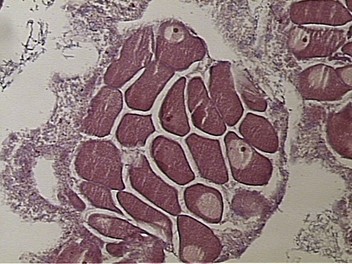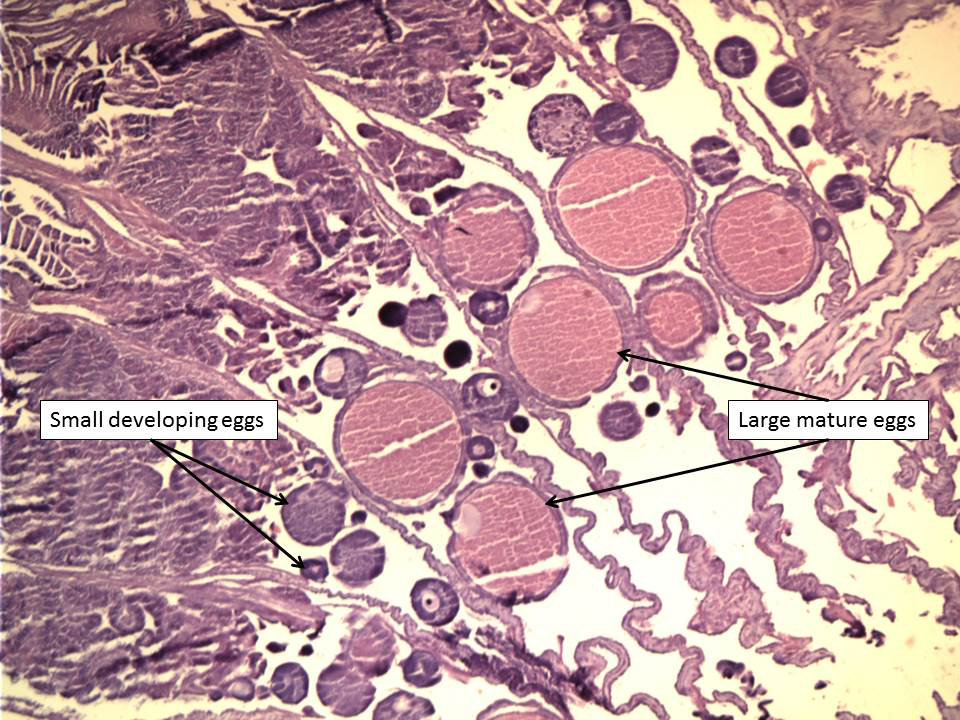Invertebrate Life Histories

One of the focus areas of my research is reproductive biology of invertebrates, particularly corals but also other groups such as echinoderms and mollusks. Invertebrates can have different reproductive strategies such as broadcast spawning of eggs and sperm which fertilize in the water column or internal fertilization with brooding of embryos; they can also be separate sexes (gonochoristic) or combined (hermaphroditic).
The type of reproductive strategy and the length of larval lifespan can influence how far the larval stages can travel, and ultimately the connectivity patterns among different populations of a species. My research includes studies of the timing of reproductive cycles, effects of environmental variables on development of embryos and larvae, and estimates of larval lifespan and dispersal potential. Work on deep sea corals has shown that the timing of reproductive cycles may differ by several months across regions. The observed differences do not correlate to any physical variable and may be driven by timing of food supply to the seafloor, which makes sense as reproduction is a very energetically demanding process.


